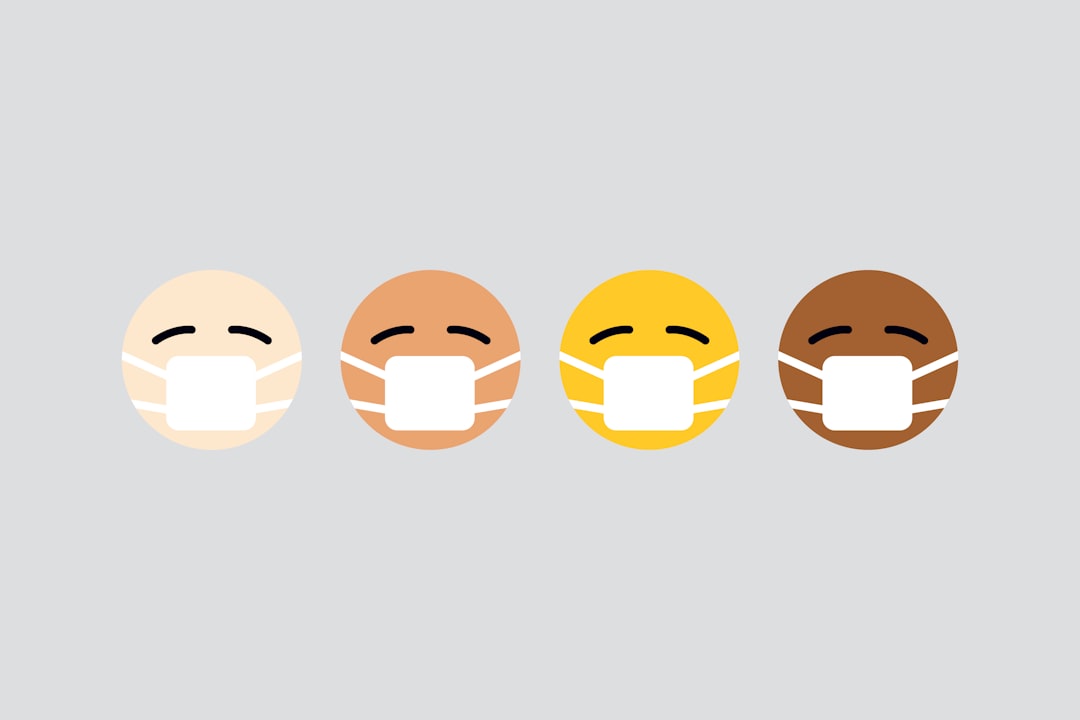
News (898)
Artificial Intelligence Hits a Corporate Wall

According to ZD Net, artificial intelligence is advancing but organizations are still reluctant to incorporate it into their business model.
Artificial intelligence and machine learning have come a long way in recent years, with solid business cases, powerful algorithms, vast compute resources, and rich data sets now the norm for many enterprises.
Read more...Training AI to Detect Covid

Medical researchers are using machine learning to develop an app that can find asymptomatic Covid patients via their cough, reports Medical Xpress.
Asymptomatic people who are infected with COVID-19 exhibit, by definition, no discernible physical symptoms of the disease. They are thus less likely to seek out testing for the virus, and could unknowingly spread the infection to others.
Read more...Army Looks to Add AI to Tanks

The Army is experimenting with adding artificial intelligence to tanks, reports C4ISRNET.
Even as the U.S. Army attempts to integrate cutting edge technologies into its operations, many of its platforms remain fundamentally in the 20th century.
Read more...AI Finds Star Flares

According to Sci Tech Daily, scientists are teaching a neural network to find star flares.
University of Chicago scientists teach a neural net to find baby star flares. Like its human counterparts, a young star is cute but prone to temper flares—only a star’s are lethal. A flare from a star can incinerate everything around it, including the atmospheres of any nearby planets starting to form.
Read more...AI Can Spot High Achievers By Tweet

According to Tech Explorer, a researcher has developed a way to determine high achievers based on tweets.
Ivan Smirnov, Leading Research Fellow of the Laboratory of Computational Social Sciences at the Institute of Education of HSE University, has created a computer model that can distinguish high academic achievers from lower ones based on their social media posts.
Read more...AI Used to Identify Topography on Mars

According to Space.com, artificial intelligence will help NASA identify craters on Mars.
An innovative artificial intelligence (AI) tool developed by NASA has helped identify a cluster of craters on Mars that formed within the last decade.
Read more...Making AI Better at Learning

According to MIT Technology Review, researchers are working to enable ‘Less than one’ learning technology into artificial intelligence.
Machine learning typically requires tons of examples. To get an AI model to recognize a horse, you need to show it thousands of images of horses. This is what makes the technology computationally expensive—and very different from human learning.
Read more...Artificial Intelligence to Help Clean Up Regulations
The government will use artificial intelligence to find and remove outdated or obsolete government regulations, reports the St. Louis Post Dispatch.
The White House Office of Management and Budget said Friday that federal agencies will use artificial intelligence to eliminate outdated, obsolete, and inconsistent requirements across tens of thousands of pages of government regulations.
Read more...Adobe Adds AI to Its Marketing Software

Adobe has announced it has added artificial intelligence tools in its digital marketing software package, reports Reuters.
Adobe Inc ADBE.O said on Monday that it has put a new set of artificial intelligence tools into its digital marketing software with the aim of helping companies sharpen their marketing campaigns.
Read more...Artificial Intelligence Has Improved Surgery

According to Forbes, artificial intelligence has made a large impact on surgery.
“We’ve witnessed ten years of change in a month” is a typical description of how the pandemic is accelerating the use of telemedicine. Before the virus, video appointments made up only 1% of the 350m consultations which Britain’s National Health Service handles each year.
Read more...Most Read
-

-
Oct 30 2018
-
Written by Craig Gehrig
-
-

-
Dec 16 2019
-
Written by News
-
-

-
Mar 17 2020
-
Written by Deborah Huyett
-
-

-
Jan 08 2019
-
Written by Robert Agar
-














